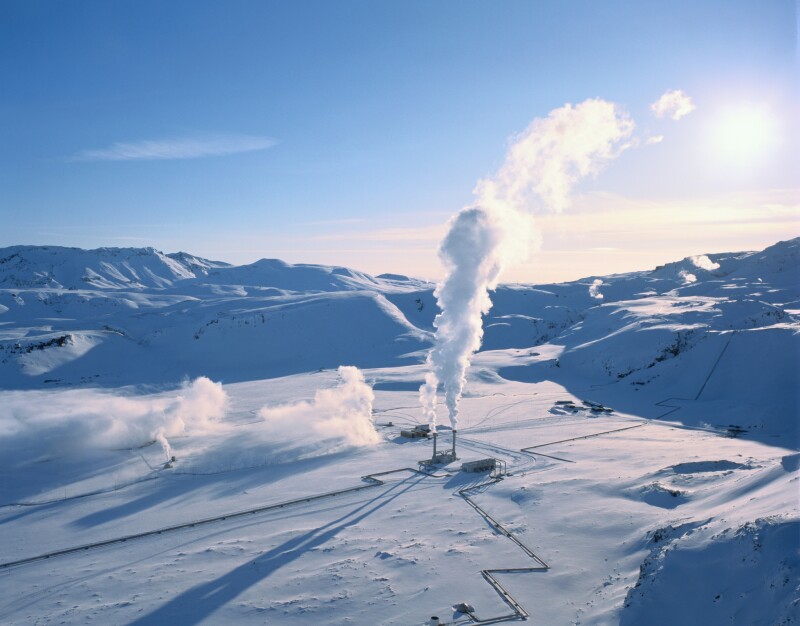The US Department of Energy (DOE) said on 8 September it intends to make enhanced geothermal systems (EGS) a “widespread renewable energy option” in the US.
The DOE hopes to cut the costs of geothermal energy systems by 90%, to $45/MWh, by 2035, it said in a statement.
“More than five terawatts of heat resources—enough to meet the electricity needs of the entire world—exist in the United States,” the department said, adding that capturing even a “small fraction” of the US’s geothermal resources could power more than 40 million homes.
This is the department’s fourth shot in its Energy Earthshots Initiative, a program that seeks to break down the biggest remaining scientific and technical barriers to help tackle the climate crisis.
“The United States has a vast, geothermal energy resource lying right beneath our feet, and this program will make it economical to bring that power to American households and businesses,” US Secretary of Energy Jennifer Granholm said.
“DOE’s Enhanced Geothermal Shot will move geothermal technology from research and development to cost-effective commercial adoption, helping energy communities and workers transition to producing clean energy for the future.”
DOE is investing in research and development to reach the Enhanced Geothermal Shot goals, with recent investments including $44 million to help spur EGS innovations for DOE’s Frontier Observatory for Geothermal Energy Research field laboratory and up to $165 million to transfer best practices from oil and gas to advance both EGS and conventional geothermal.
President Biden’s Bipartisan Infrastructure Law also supports work to advance EGS with $84 million in funding to support four pilot EGS demonstration projects that will provide valuable information about EGS in different geographies and geologies.
Geothermal energy currently generates about 3.7 GW of electricity in the US, according to the DOE. However, a substantial amount of geothermal energy is not accessible with current technology.
“Simplified, EGS is a process of creating human-made underground reservoirs, which is accomplished by injecting fluid deep underground into naturally heated rocks that otherwise lack the fluid flow necessary to draw geothermal energy to the surface,” the department said.
The extreme conditions of EGS—hot temperatures, abrasive rocks, and corrosive environments located deep underground—come with significant unknowns.
“The Enhanced Geothermal Shot seeks to address these challenges by aggressively accelerating research, development, and demonstrations to better understand the subsurface, improve engineering to drill more wells faster, and capture more energy with larger wells and power plants,” the department said.
Previously announced Energy Earthshots focus on hydrogen, carbon negative solutions, and long-term energy storage.
SPE GEOTHERMAL RESOURCES
SPE Launches New Geothermal Technical Section
SPE Energy Stream
SPE Journal of Petroleum Technology (JPT)
SPE Workshop: Collaborating for our Future – Geothermal and Oil & Gas, 19 September, Calgary
SPE Annual Technical Conference and Exhibition, 3–5 October, Houston


